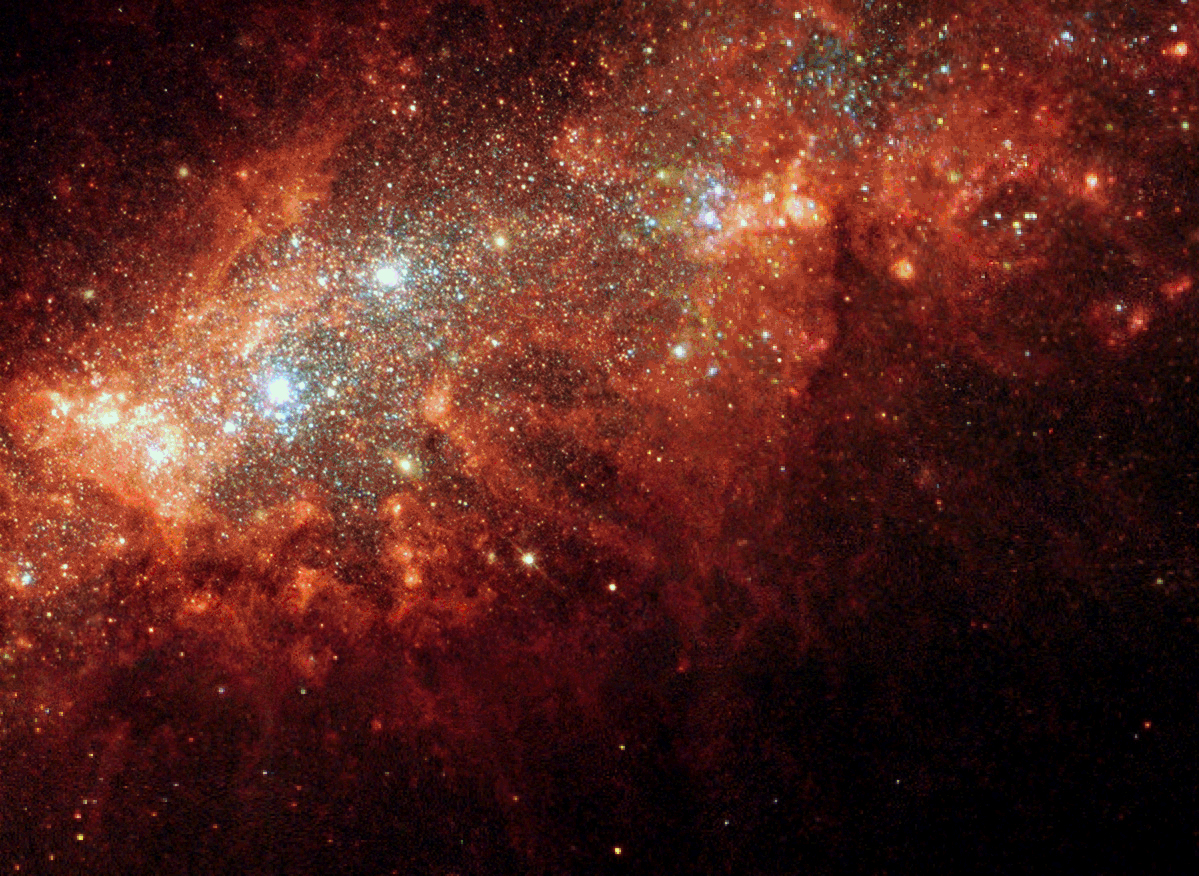Star birth
Like people, stars are born, they grow old and they die. Their birth places are huge, cold clouds of gas and dust, known as 'nebulas'. The most famous of these is the Orion nebula, which is just visible with the unaided eye.
These clouds start to shrink under their own gravity. As the cloud gets smaller, it breaks into clumps. Each clump eventually becomes so hot and dense that nuclear reactions begin. When the temperature reaches 10 million degrees Celsius, the clump becomes a new star.
After their birth, most young stars lie at the centre of a flat disc of gas and dust. Most of this material is eventually blown away by the star’s radiation. Before this happens, planets may form around the central star.
Infrared observatories are able to detect heat coming from invisible stars that are forming inside such clouds. One of the most powerful of these is ESA's Herschel space observatory, launched in May 2009. Herschel will spend at least three years studying the dusty clouds where stars – large and small - are born.
Last modified 17 November 2010






